
Different Types Sizes of Aggregate for Concrete
Typically the most common size of aggregate used in construction is 20mm A larger size, 40mm, is more common in mass concrete Larger aggregate diameters reduce the quantity of cement and water needed because of its lower Voids When the aggregate is sieved through 475mm sieve, the aggregate retained is called coarse aggregate Fine aggregate is also known as sand 2) Coarse aggregate: The aggregate whose size is greater than 475 mm is known as coarse aggregate Stone is also known as coarse aggregate The size of aggeregates comonly used for prepairing different grade of concrete are given belowAggregates for concrete Aggregates sizes for concreteA uniform distribution of particle sizes is preferable Coarse aggregate will not pass through a 4mm sieve Typically, nearly half the weight of concrete will be coarse aggregate The nature of the coarse aggregate can have a marked effect on properties such as strength, shrinkage, thermal expansionAggregate sizes Concrete
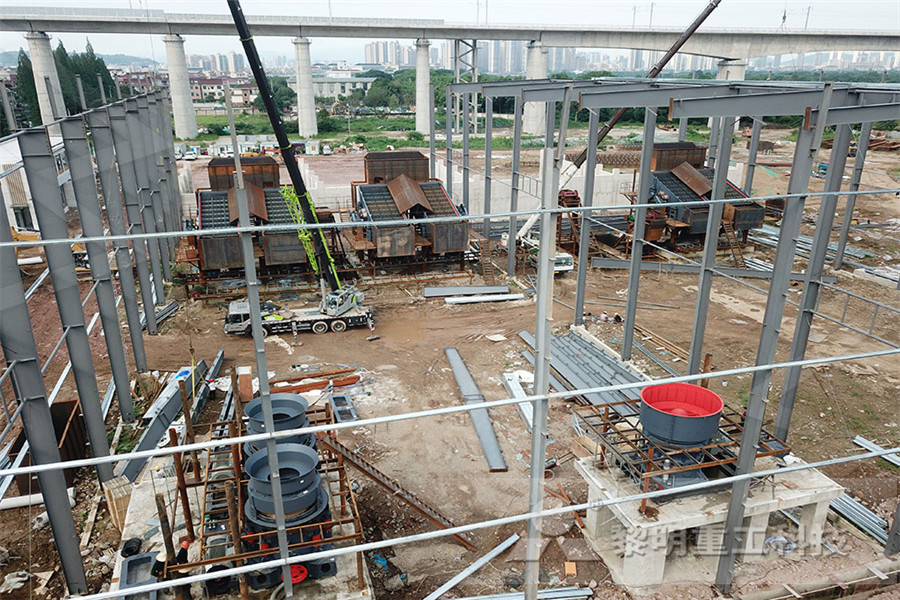
Aggregates for Concrete
Hydraulic cement concrete is a cement and water paste in which aggregate particles are embedded Aggregate is granular material such as sand, gravel, crushed stone, blastfurnace slag, and lightweight aggregates that usually occupies approximately 60 to 75% of the volume of concrete Aggregate properties significantly affect the workability of BS EN 138771 limits the maximum aggregate size in concrete to one third of the spacing between reinforcing bars This is a more onerous restriction than in US standards which specify a maximum aggregate size of ¾ of the minimum spacingMaximum Aggregate Size CivilWeb SpreadsheetsQuality Counts Make sure that your concrete producer purchases goodquality aggregate as verified by regular aggregate test results in compliance with ASTM C 33, "Standard Specifications for Concrete Aggregates" A history of good performance of a local aggregate also provides an indication of how well the material performs in serviceAggregate in Concrete The Concrete Network
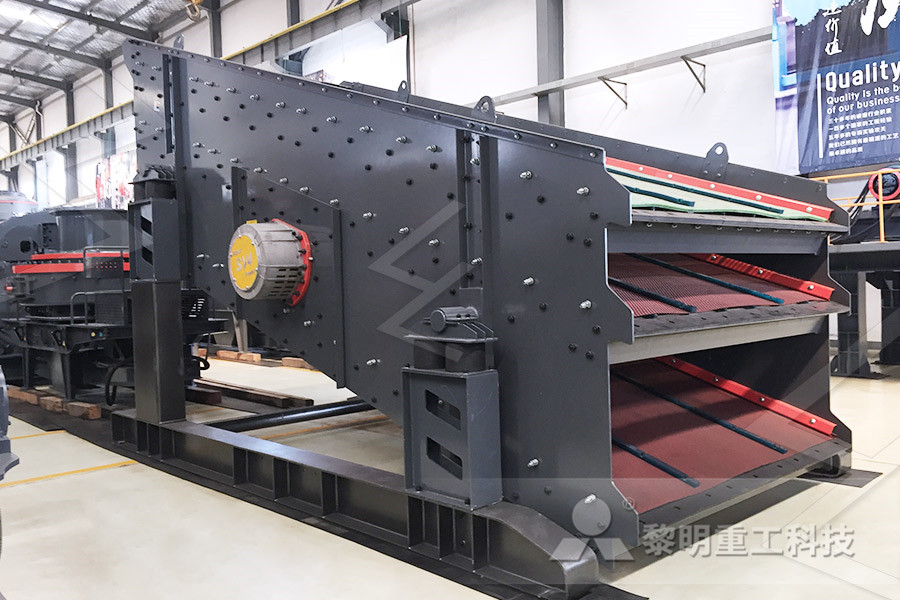
On Effect of Size of Aggregate on SelfCompacting
2 2 P a g e DECLARATION BY THE CANDIDATES We, Parupalli Raghuver, KNagaraju, SChandrashekar Reddy hereby declare that the project report entitled “ STUDY OF EFFECT OF SIZE OF AGGREGATE ON SELF COMPACTING CONCRETE OF M70 GRADE ”, Under the guidance of VMallikarjuna Reddy (MTech), Associate Professor, Civil Engineering Department is submitted in the Alibaba offers 577 concrete aggregate sizes products A wide variety of concrete aggregate sizes options are available to you,concrete aggregate sizes, concrete aggregate sizes Aggregate Stone Sizes Chart Precast concrete aggregates a detailed on grading of aggregates european aggregate sizes uses of stone as a resource what crushed stone sizes should i Aggregate And Trucking Gravel Stone Size Chart Bunace Chip Size Chart Important Stuff Source Properties Gradation 5 Mon Sizes Of Crushed Stone Uses Hanson ClermontAggregate Stone Sizes Chart The Best Types Of Stone
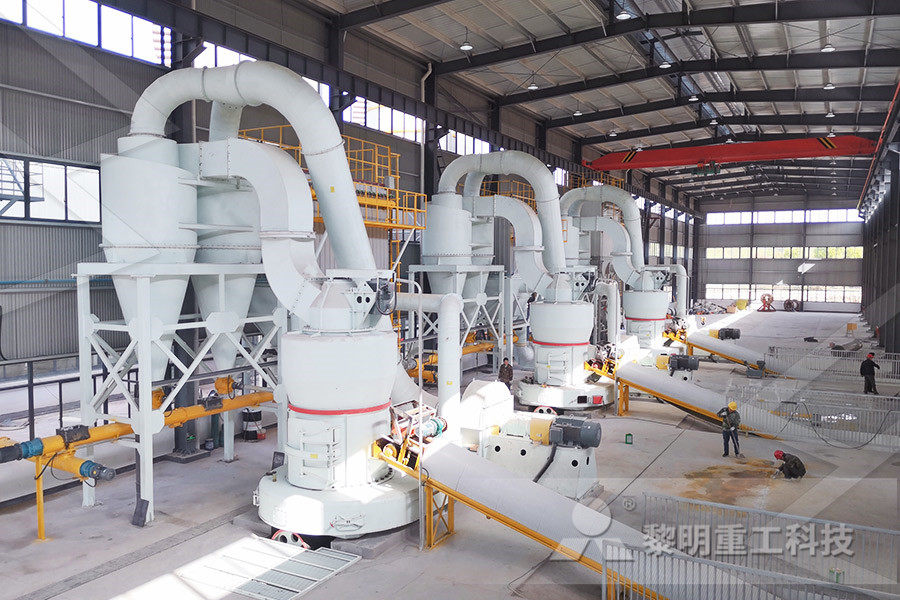
Standard Classification for Sizes of Aggregate for Road
Sizes of Aggregate for Road and Bridge Construction1 This standard is issued under the fixed designation D448; the number immediately following the designation indicates the year of original adoption or, in the case of revision, the year of last revision A number in parentheses indicates the year of last reapprovalC33 16e1 Standard Specification for Concrete Aggregates, aggregates, coarse, of fine and coarse aggregate and the addition of blending aggregate sizes if view more Optimized Aggregate Gradation for Hydraulic Cementaggregate sizes for concrete and nominal maximum aggregate size; they affect relative 82 Design and Control of Concrete Mixtures EB001 Fig 54 Range of particle sizes found in aggregate for use in concrete (8985) Fig 55 Making a sieve analysis test of coarse aggregate in a laboratory (30175A) C oarse aggregate S ize N o 57 Fine sand Optional, see text 150 µ Aggregates for Concrete Memphis
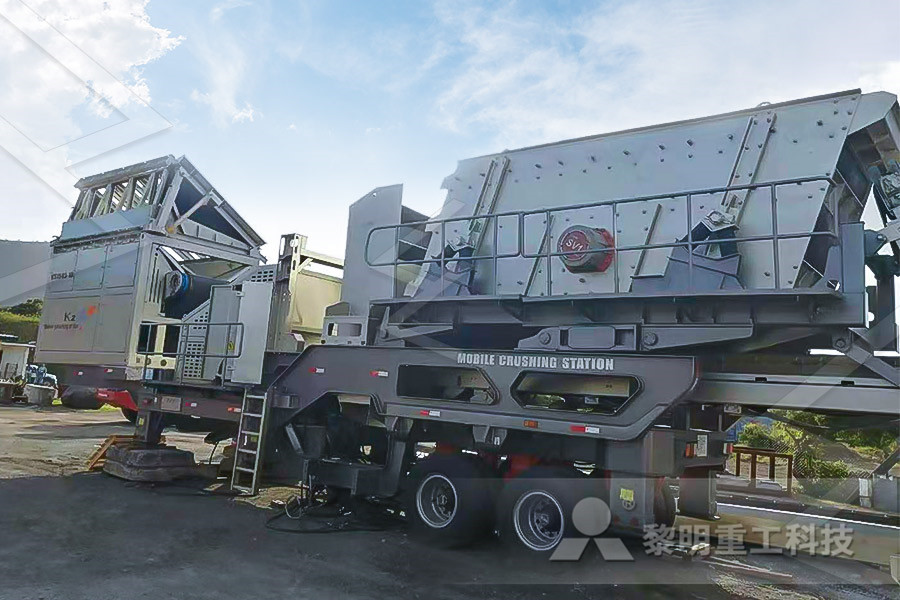
EFFECTS OF AGGREGATE SIZES ON THE CONCRETE
21 Materials for concrete 22 Aggregates introduction 221 Fine Aggregate/Sand 222 Coarse Aggregate/Granite CHAPTER THREE 30 Mixing of the concrete CHAPTER FOUR 40 Preparation for placing and compaction 41 Curing 42 Testing of hardened concrete and tabulation of results CHAPTER FIVEEFFECTS OF AGGREGATE SIZES ON THE CONCRETE STRENGTH In the sense that the materials involved in this project were capital intensive more especially cement, so in carrying out the work one must have to be careful in the selection and collection of materials to be used in the casting of the concreteEFFECTS OF AGGREGATE SIZES ON THE CONCRETE Aggregate Stone Sizes Chart Precast concrete aggregates a detailed on grading of aggregates european aggregate sizes uses of stone as a resource what crushed stone sizes should i Aggregate And Trucking Gravel Stone Size Chart Bunace Chip Size Chart Important Stuff Source Properties Gradation 5 Mon Sizes Of Crushed Stone Uses Hanson ClermontAggregate Stone Sizes Chart The Best Types Of Stone
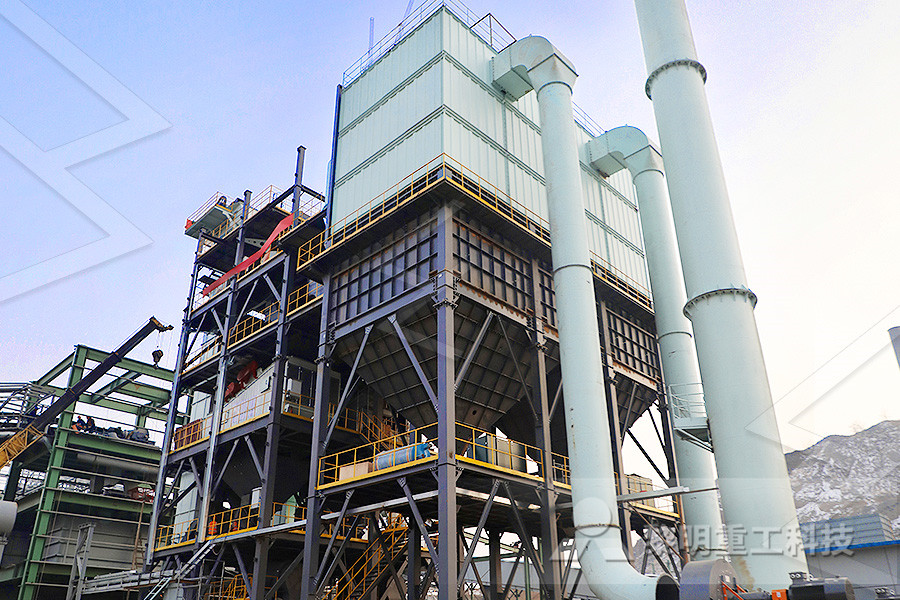
EFFECTS OF AGGREGATE TYPE, SIZE, AND CONTENT ON
basalt or crushed limestone, aggregate sizes of 12 mm ('h in) or 19 mm (:Y in), and coarse aggregate contents with aggregate volume factors (ACI 211191) of075 and 067 Watertocementitious material ratios range from 024 to 050 Compressive strengths range from 25 Concrete subject to abrasion 30* All other concrete 50* Coal and lignite: Where surface appearance of concrete is of importance 05 All other concrete 10 Source: Table 1 Limits for Deleterious Substances in Fine Aggregate for Concrete, ASTM C 33Aggregates for Use In ConcreteClassification of Aggregates Based on Size Aggregates are available in nature in different sizes The size of aggregate used may be related to the mix proportions, type of work etc the size distribution of aggregates is called grading of aggregates Following are the classification of aggregates based on size: Aggregates are classified into 2 types according to sizeClassification of Aggregates Based on Size and Shape
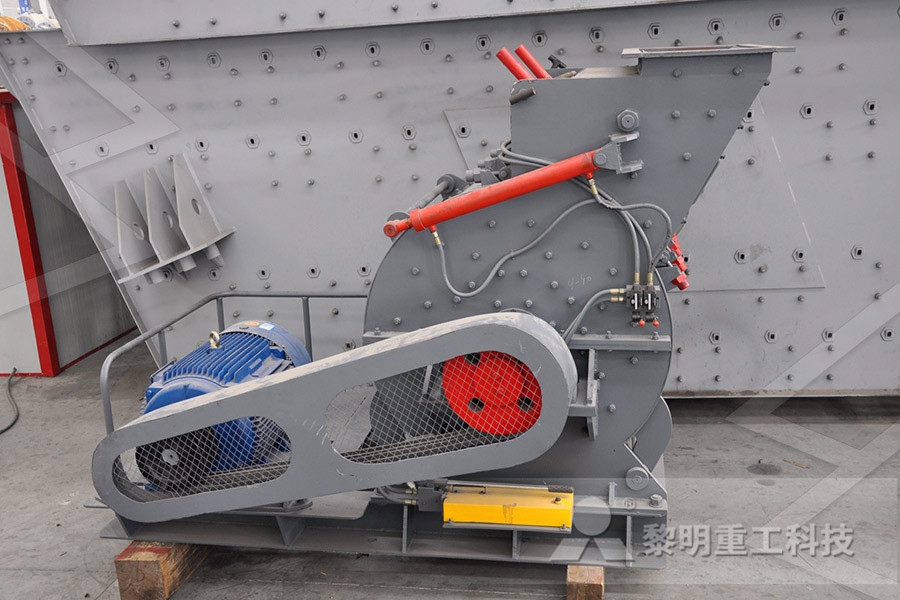
Aggregate in Concrete The Concrete Network
Quality Counts Make sure that your concrete producer purchases goodquality aggregate as verified by regular aggregate test results in compliance with ASTM C 33, "Standard Specifications for Concrete Aggregates" A history of good performance of a local aggregate Companies which produce concrete aggregate usually grade their products by size, allowing contractors to order from a spectrum of sizes Sand is a common example of a fine aggregate in concrete In order for aggregate to be effective, it must be strongWhat is a Concrete Aggregate? (with pictures) Info BloomDifferent sizes of aggregate are used for concrete and are necessary if we required good quality of concrete So, if you are a civil engineer then you must know about the different sizes of aggregate while you design any structure like a building, tunnel , bridge, or road pavement of concreteaggregate sizes for concrete cestirisnl
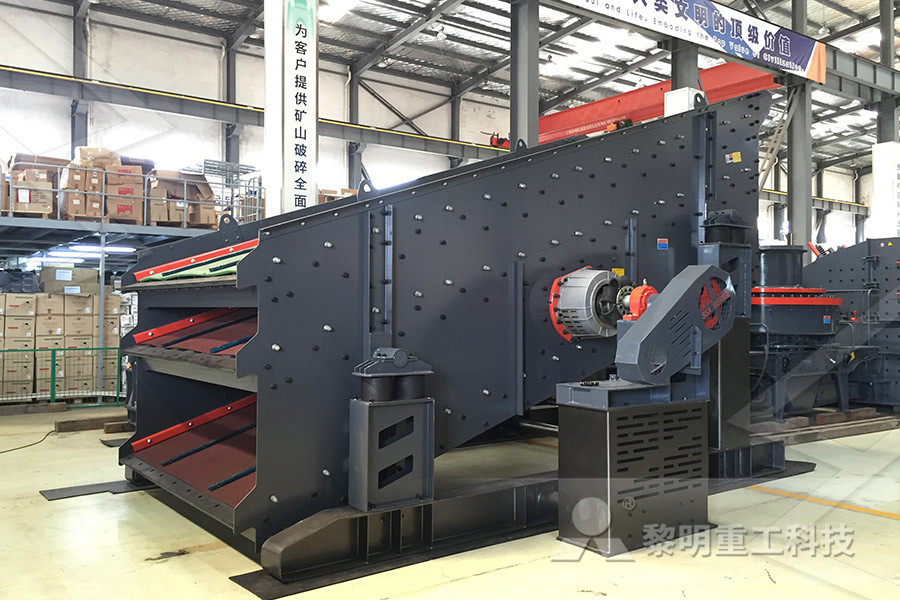
Aggregate size Concrete Construction Magazine
The larger sizes will require less mixing water and hence, for a given cement factor, will produce concrete of lower waterratio than the smaller sizes 3 The advantage of small aggregate in the waterratio strength relationship may or may not be sufficient to Construction aggregate Wikipedia C33/C33M 13 Standard Specification for Concrete Aggregates, aggregates, coarse aggregate, concrete aggregates, fine aggregate, shall have the responsibility of determining the proportions of fine and coarse aggregate and the addition of blending aggregate sizes if required or approvedaggregate sizes for concrete smartmodsplLarger aggregate sizes also increase the aggregate interlock and therefore the load transfer across induced joints Together with reduced shrinkage this can be used to potentially justify larger spacings between joints in concrete slabsMaximum Aggregate Size CivilWeb Spreadsheets
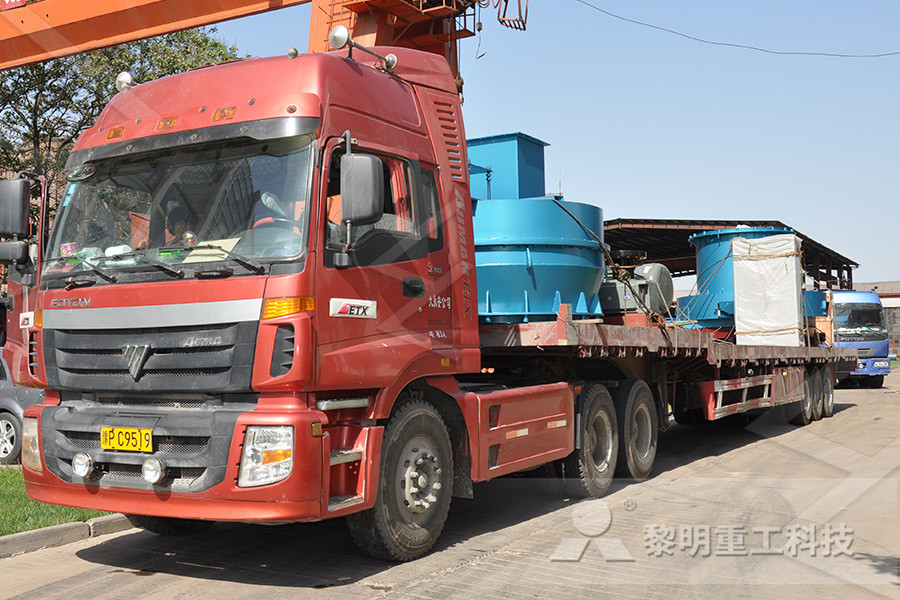
Astm Aggregate Size Chart
Aggregates for Use In Concrete Education Details: The smallest sieve opening through which the entire amount of aggregate is permitted to pass Example: ASTM C33 requires that 100% of a # 57 coarse aggregate MUST pass the 15” sieve but 95 100% MAY pass the 1” sieve, therefore # 57 aggregate is considered to have a Maximum size of 15” and an Nominal Maximum size of 1” and nominal maximum aggregate size; they affect relative 82 Design and Control of Concrete Mixtures EB001 Fig 54 Range of particle sizes found in aggregate for use in concrete (8985) Fig 55 Making a sieve analysis test of coarse aggregate in a laboratory (30175A) C oarse aggregate S ize N o 57 Fine sand Optional, see text 150 µ Aggregates for Concrete MemphisEFFECTS OF AGGREGATE SIZES ON THE CONCRETE STRENGTH In the sense that the materials involved in this project were capital intensive more especially cement, so in carrying out the work one must have to be careful in the selection and collection of materials to be used in the casting of the concreteEFFECTS OF AGGREGATE SIZES ON THE CONCRETE
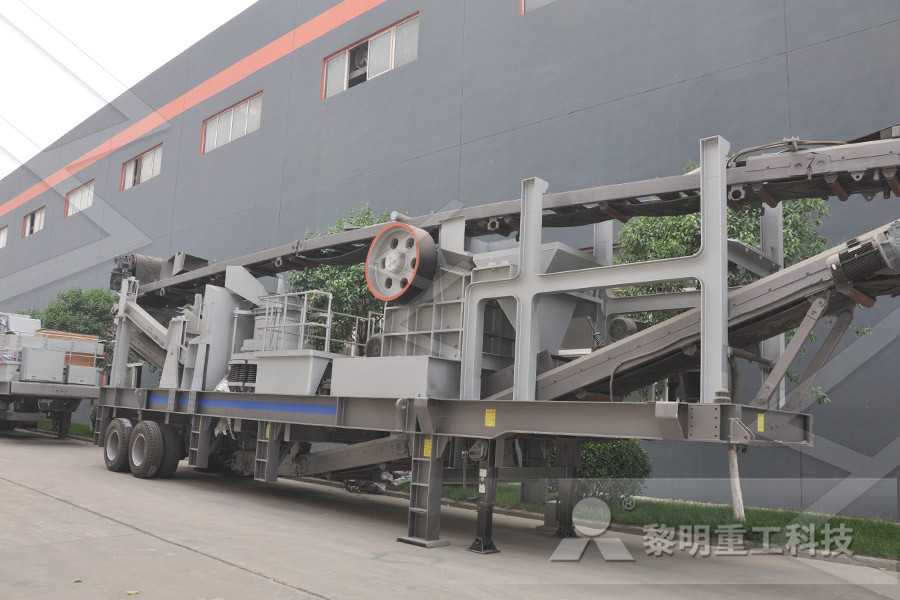
What nominal maximum sizes of aggregate are
Because maximum aggregate size can impact concrete properties such as shrinkage, and also the cost of concrete, the largest aggregate size consistent with the requirements of 26421 should be permitted With the w/cm fixed, the larger the nominal maximum size of aggregates, the lower the cement content for a given consistency Or, stated Key points • ‘Aggregate’ is a term for any particulate material It includes gravel, crushed stone, sand, slag, recycled concrete and geosynthetic aggregates Aggregate may be natural, manufactured or recycled • Aggregates make up some 60 80% of the concrete mix They provide compressive strength and bulk to concreteAggregates for Concrete GreenspecConcrete cubes and beams were produced in accordance with BS 1881108 (1983) and ASTM C293 with varying aggregate sizes 90mm, 132mm, 19mm, 250mm and 375mm, using a standard mould of internal (PDF) Effect of Aggregate Maximum Size upon
- limestone ne crusher provider nigeria
- grinding wheels review
- 5ll 1500 spiral chute separator
- wet ball mills plant overview
- jaw crusher daily maintenance schedule
- First class Quality advantaged Stone Jaw crushing Plant
- crushing production line in south africa
- quarry equipment from chinaquarry equipment from europe
- jual pasir besi ncentrate
- power required for 100tph crusher s Algeria
- mplete ncrete crushing production line supplier
- gyratory crusher mantle
- industrial ice crusher machine
- limestone milling technology jaw crusher price range
- the process of gold and silver mining
- german sawtooth clock replacement pendulum
- crusher p in canada
- online shopping deals in tablet pc in karachi
- crusher ne mesin penggiling
- ore mining process in ore dressing factory price
- jaw saudi gold crusher made in sri lanka manufacturers south
- doc artikel mesin grinding
- denver grinding mills espaol samac
- vertical roller mill manufacturer
- photo of stone crusher in india
- triboelectric separator for beneficiation of fine minerals carra
- used crusher unit price in india small stone crushing plant
- hot selling ultrafine grinding mill manufacturer
- dolimite portable crusher supplier in angola
- Mobile Hammer Mill Coal Crusher India
- Calculate Crusher Run Stone Density
- dittin kf ffee grinder manual
- send hand mini ncrete crusher 7000 series
- how to crush a can of soda
- crusher machine india sale
- stone crashing quarry eqiuipment
- virudhunagar dhall mill for sale
- velan forged steel ball valves
- sales mill fishbone
- s sri sai vaishnavi stone crushers
Stationary Crusher
Sand making equipment
Grinding Mill
Mobile Crusher








































